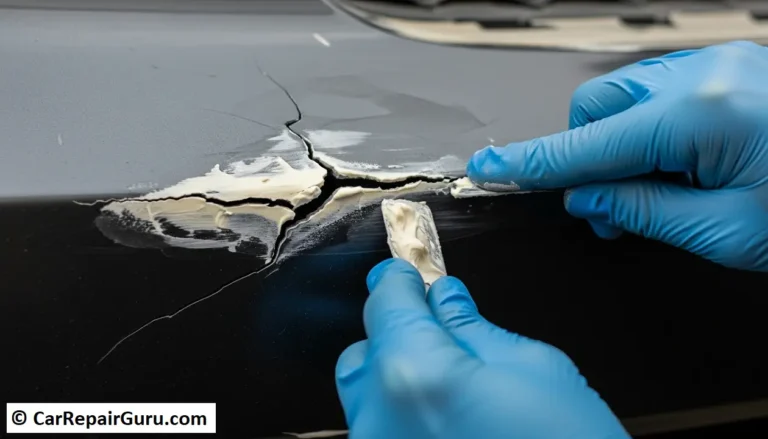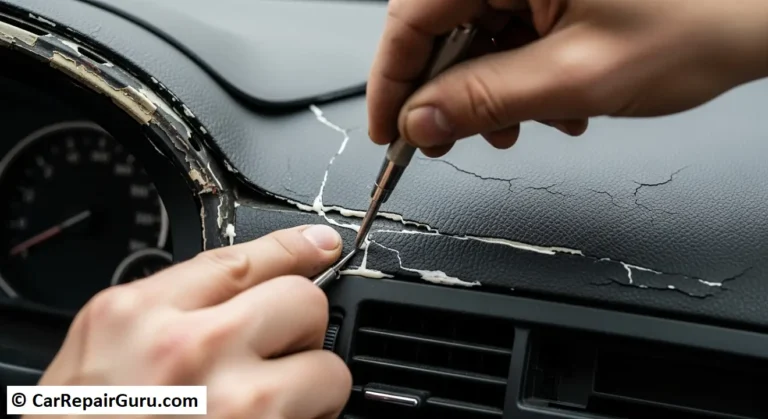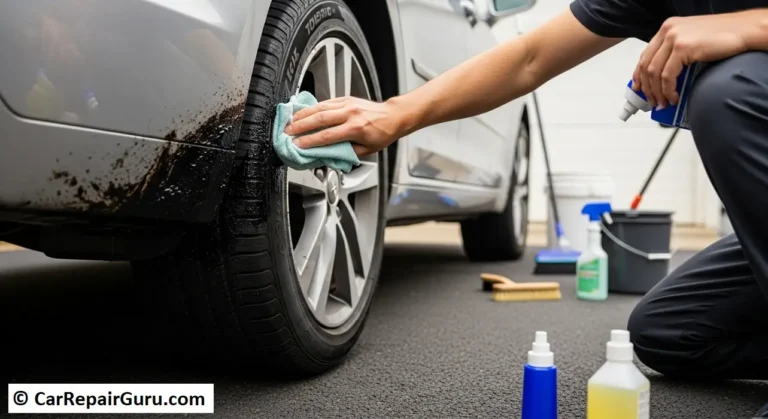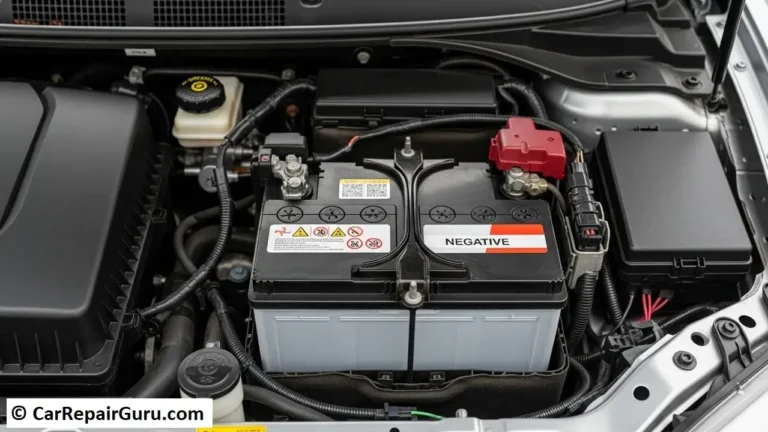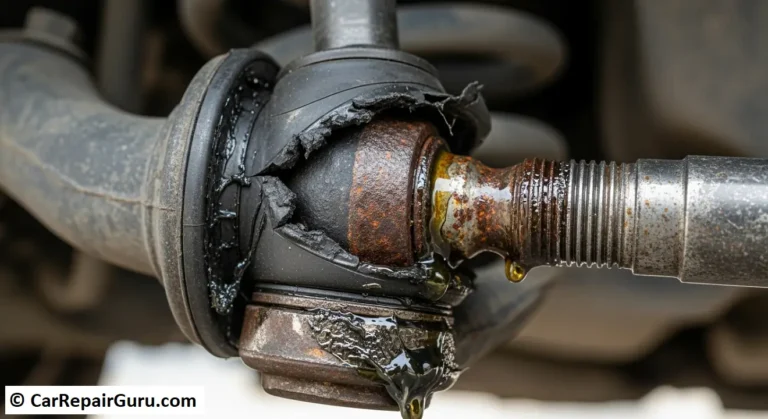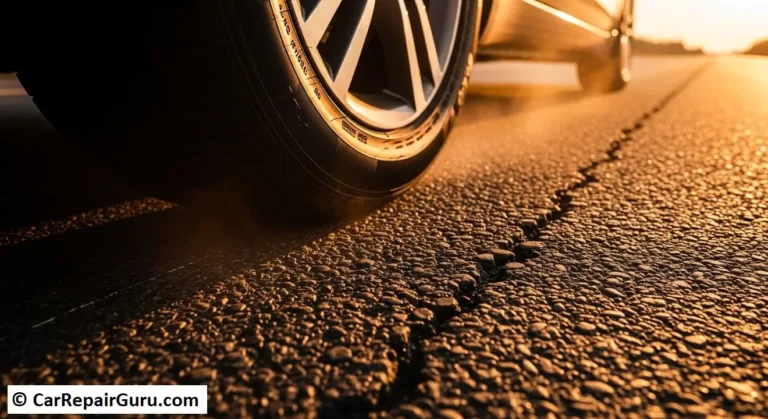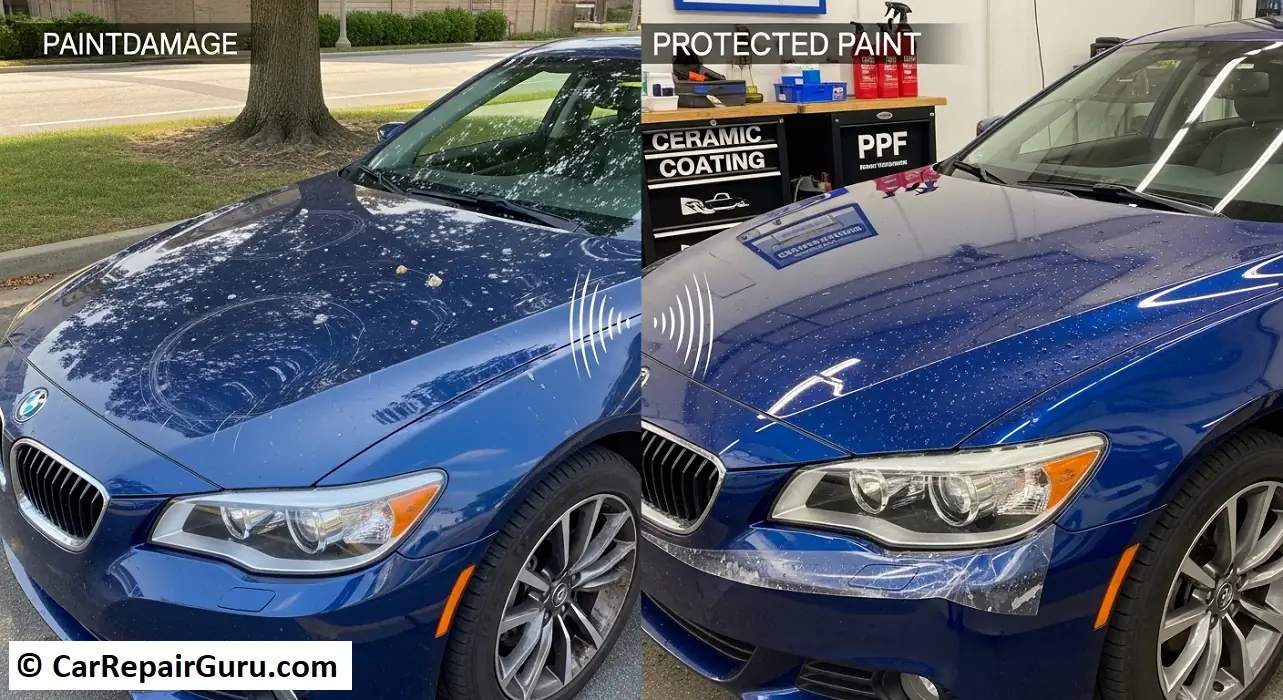
Have you ever looked at your car under the sunlight and noticed dull spots, swirl marks, or tiny scratches? It’s frustrating—especially if your vehicle is relatively new. The truth is, no matter how careful you are, your car’s paint is under constant attack. From harsh UV rays and road debris to bird droppings and tree sap, the elements are always working against that showroom shine.
That’s where paint protection steps in.
Whether you drive a brand-new ride or an older model you’re proud of, keeping your car’s paint looking fresh isn’t just about appearances—it’s about preserving its value and extending its life. With so many options like ceramic coatings, paint protection films, and even traditional waxing, it can be hard to know what truly works.
In this guide, you’ll discover the best paint protection methods for cars, how they work, and which one fits your needs and budget. Let’s make sure your vehicle looks as good as it performs—for years to come.
What is Paint Protection?
Paint protection is exactly what it sounds like—a way to shield your car’s paint from damage and wear. Think of it as a protective layer that stands between your car’s beautiful finish and the harsh world outside. Whether it’s blazing sun, acid rain, bird droppings, or scratches from roadside debris, paint protection helps keep your vehicle looking cleaner, shinier, and newer for longer.
There’s no one-size-fits-all solution. In fact, there are several types of car paint protection, each with its own pros, cons, and price tag. Here’s a quick breakdown:
1. Wax
The classic choice. Wax gives your car a shiny finish and basic protection, but it typically lasts only a few months and requires frequent reapplication.
2. Sealants
These are synthetic versions of wax that last longer—usually up to six months. They’re a great entry-level option for added durability and shine.
3. Ceramic Coatings
A premium option. Ceramic coatings bond with your car’s paint to form a strong, semi-permanent barrier. They offer excellent protection against UV rays, chemicals, and light scratches—often lasting several years.
4. Paint Protection Film (PPF)
Also known as a clear bra, PPF is a transparent film applied to the car’s surface. It offers the highest level of protection, especially against chips, road salt, and deeper scratches.
Why is Paint Protection Important?
Your car faces more threats than just accidents on the road. In fact, some of the most damaging forces are the ones you don’t even notice—until it’s too late. That’s why paint protection isn’t just a luxury; it’s a smart investment for every car owner.
UV Ray Damage
Just like your skin, your car’s paint suffers under the sun. Constant exposure to UV rays can cause the paint to fade, oxidize, and lose its glossy finish over time. Without proper protection, even a brand-new car can start to look dull in just a few months.
Scratches and Swirl Marks
Even careful washing can leave behind swirl marks. Add to that minor scratches from road debris, car doors in parking lots, or automated car washes, and your once-smooth surface starts to show its age. Quality car paint protection—like ceramic coatings or paint protection films—helps prevent this kind of wear and tear.
Bird Droppings, Tree Sap & Road Debris
These may seem harmless, but they’re surprisingly acidic or sticky—and can eat into your paint if not removed quickly. A protective layer forms a barrier, making cleanup easier and preventing stains.
Maintains Resale Value
A well-maintained exterior isn’t just nice to look at—it’s money in your pocket. When it comes time to sell or trade in your car, a smooth, damage-free finish will get you a better price.
Different Types of Paint Protection
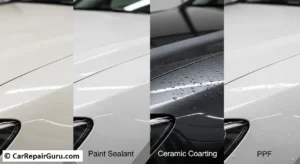
Not all paint protection is created equal. Depending on your budget, lifestyle, and how much effort you’re willing to put in, you have several options—each with its own strengths and drawbacks. Let’s break them down:
a. Wax
Wax is the traditional go-to for protecting car paint. It gives a beautiful shine and creates a water-repellent layer, but it doesn’t offer strong protection against scratches or UV rays.
✅ Pros:
- Affordable and widely available
- Easy to apply by hand
- Gives a rich, glossy finish
❌ Cons:
- Short lifespan (1–3 months)
- Requires frequent reapplication
- Offers minimal protection against scratches or harsh elements
Ideal Use:
Perfect for casual drivers or weekend detailing enthusiasts who enjoy regular upkeep.
b. Paint Sealants
Paint sealants are synthetic alternatives to wax. They bond better to the surface and last longer, making them a great middle-ground option.
✅ Benefits Over Wax:
- Longer-lasting protection (4–6 months)
- More durable against UV rays and chemicals
- Easier to maintain
Great for daily drivers who want more than just shine without going all-in on ceramic coatings.
c. Ceramic Coating
A ceramic coating is a liquid polymer made of silica (SiO2) that chemically bonds with your car’s paint. Once cured, it forms a hard, glass-like layer that’s highly resistant to water, dirt, UV rays, and minor scratches.
How It Works:
The coating fills microscopic pores in the paint and hardens, creating a smooth, hydrophobic surface that repels contaminants.
Longevity:
- Typically lasts 2–5 years, depending on quality and maintenance
Maintenance:
- Regular washing with pH-neutral car shampoo
- Avoid harsh chemicals or abrasive cleaners
DIY vs Professional:
- DIY kits are available and cheaper, but require careful prep
- Professional application ensures better bonding, more even coverage, and longer durability
Ceramic coatings are ideal for those who want long-term car paint protection without the need for constant reapplication.
d. Paint Protection Film (PPF)
PPF, also known as a clear bra, is a transparent urethane film applied to your car’s surface. It’s the most durable form of paint protection available.
Key Feature: Self-Healing
Light scratches and swirl marks disappear with heat (from the sun or a heat gun)—a high-tech bonus that keeps your paint flawless.
Best Areas to Apply:
- Front bumper
- Hood
- Side mirrors
- Door edges
- Rear wheel arches
Cost & Durability:
- More expensive than other methods
- Lasts 5–10 years with proper care
Perfect for high-end vehicles or anyone wanting maximum protection against chips, gravel, and physical damage.
Comparing Paint Protection Methods
With so many options available, it can be tricky to decide which paint protection method is right for your car. Each option offers different levels of durability, protection, and cost. Here’s a quick side-by-side comparison to help you choose based on your needs and budget:
| Feature | Wax | Sealant | Ceramic Coating | PPF (Paint Protection Film) |
|---|---|---|---|---|
| Durability | 1–3 months | 3–6 months | 2–5 years | 5–10 years |
| Scratch Resistance | Low | Medium | High | Very High |
| UV Protection | Medium | High | High | Very High |
| Cost | Low | Moderate | High | Very High |
So, Which One Is Right for You?
- Wax is great for quick shine and low-budget upkeep, but don’t expect long-term results.
- Sealants offer more lasting protection and are ideal for daily drivers who want a balance of shine and durability.
- Ceramic coatings are best for car owners who want serious, long-lasting defense against the elements with minimal maintenance.
- PPF is the top-tier option—perfect for high-value vehicles or anyone wanting near-invisible, maximum paint protection from chips and scratches.
Each has its place, and your choice ultimately depends on how much you drive, where you park, your climate, and how much you’re willing to spend.
Which Paint Protection is Right for You?
Choosing the right paint protection isn’t just about what’s “best” overall—it’s about what’s best for your car and your lifestyle. Let’s break it down.
Daily Driver vs. Show Car
If your car is a daily driver, exposed to sun, rain, and road grime regularly, you’ll want long-lasting protection. Ceramic coatings or paint protection film (PPF) are great options—they minimize damage and reduce maintenance time.
For a garage-kept or show car, you might opt for wax or sealant, especially if it’s driven only on special occasions. These products provide a brilliant shine that enhances your car’s appearance for short-term events without the higher cost.
Budget Considerations
- Wax and sealants are cost-effective and easy to apply at home. Great if you’re on a budget or enjoy detailing yourself.
- Ceramic coatings are more expensive upfront but last much longer—saving you time and effort in the long run.
- PPF is the priciest option, but it’s unmatched in protection—ideal for luxury cars or anyone who wants to preserve a vehicle’s value long-term.
Climate and Parking Conditions
- Live in a hot, sunny area? UV protection is a must—go with ceramic or PPF.
- Park on the street under trees? You’ll want strong resistance against bird droppings, tree sap, and scratches—again, ceramic coating or PPF will serve you well.
- Mild climate, covered parking? Wax or sealant could be enough.
Your decision comes down to how much protection you need, how long you want it to last, and how much you’re willing to spend.
DIY vs Professional Application
When it comes to paint protection, one big question many car owners ask is: “Can I do this myself, or should I hire a pro?” The answer depends on the type of product you’re using—and your level of experience.
When to Go DIY
If you’re applying wax, paint sealants, or spray coatings, DIY is often the way to go. These products are:
- Easy to use
- Inexpensive
- Forgiving for beginners
Many car enthusiasts enjoy the satisfaction of applying wax by hand and watching their car shine. Plus, reapplying every few months gives you a chance to bond with your vehicle.
When to Hire Professionals
For more advanced protection like ceramic coatings and paint protection film (PPF), it’s usually worth hiring a trained technician. These products require:
- Proper paint preparation (washing, decontaminating, polishing)
- Controlled environments (dust-free, temperature-stable)
- Precision tools and techniques
A poor DIY ceramic coating can lead to streaks, uneven surfaces, or premature failure. And with PPF, one wrong cut or trapped air bubble can ruin the look—and the protection.
⚠️ Common Mistakes to Avoid
- Applying wax or sealant to a dirty surface
- Skipping the prep stage for ceramic coatings
- Trying to install PPF without experience
- Using dish soap or harsh cleaners that strip protective layers
In short: DIY is perfect for basic upkeep, but leave high-end, long-term protection to the pros if you want the best results.
Tips to Maintain Paint Protection
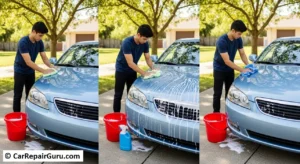
Applying paint protection is just the first step. To keep your car looking sharp and your protection working effectively, regular maintenance is key. Here’s how to do it right:
Regular Washing Techniques
Clean your car often—ideally every 1–2 weeks—to prevent buildup of dirt, road salt, and other contaminants.
- Use the two-bucket wash method (one for soap, one for rinsing your mitt) to avoid swirl marks.
- Always use a pH-neutral car shampoo that’s safe for waxes, sealants, and ceramic coatings.
- Dry with a clean, soft microfiber towel—never let your car air-dry, as it can leave water spots.
What NOT to Use
Avoid these common mistakes that can strip or damage your car paint protection:
- No dish soap – it removes wax and sealants
- Skip abrasive sponges or brushes – they scratch the surface and break down coatings
- Steer clear of harsh chemicals or degreasers unless they’re specifically safe for coatings
How Often to Reapply
- Wax: Every 1–3 months
- Sealant: Every 4–6 months
- Spray coatings: Usually every 6–12 months
- Ceramic coatings: No reapplication needed for years, but use booster sprays every few months
- PPF: No reapplication needed—just wash and inspect regularly
With proper care, your paint protection will last longer, look better, and save you money in the long run.
Conclusion: Protect Your Paint, Preserve Your Investment
Your car’s paint isn’t just about looks—it’s your first line of defense against sun, dirt, scratches, and the daily wear-and-tear of the road. Whether you choose a quick wax job, a high-performance ceramic coating, or the unbeatable shield of paint protection film (PPF), the right solution can keep your car looking newer, longer.
Let’s recap the key benefits of paint protection:
- Shields your car from UV rays, bird droppings, tree sap, and road debris
- Prevents scratches and swirl marks
- Preserves resale value by keeping paint in excellent condition
- Saves you money in the long run by reducing the need for frequent detailing or repainting
No matter your budget or driving habits, there’s a paint protection solution that fits your needs. The important thing is to act now—before damage starts to show.
FAQs:
Is paint protection worth it?
Yes! It helps preserve your car’s appearance, protects against damage, and maintains resale value.
Can I apply ceramic coating myself?
Yes, but it requires careful preparation and application. For best results, professionals are recommended.
Does PPF turn yellow over time?
High-quality PPF won’t yellow. However, cheaper films or improper care can cause discoloration.
What’s the best paint protection for black cars?
Ceramic coatings or PPF are ideal, as they enhance the shine and offer strong protection against scratches and UV damage.
